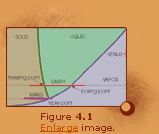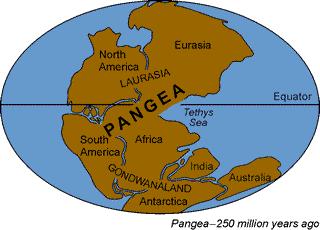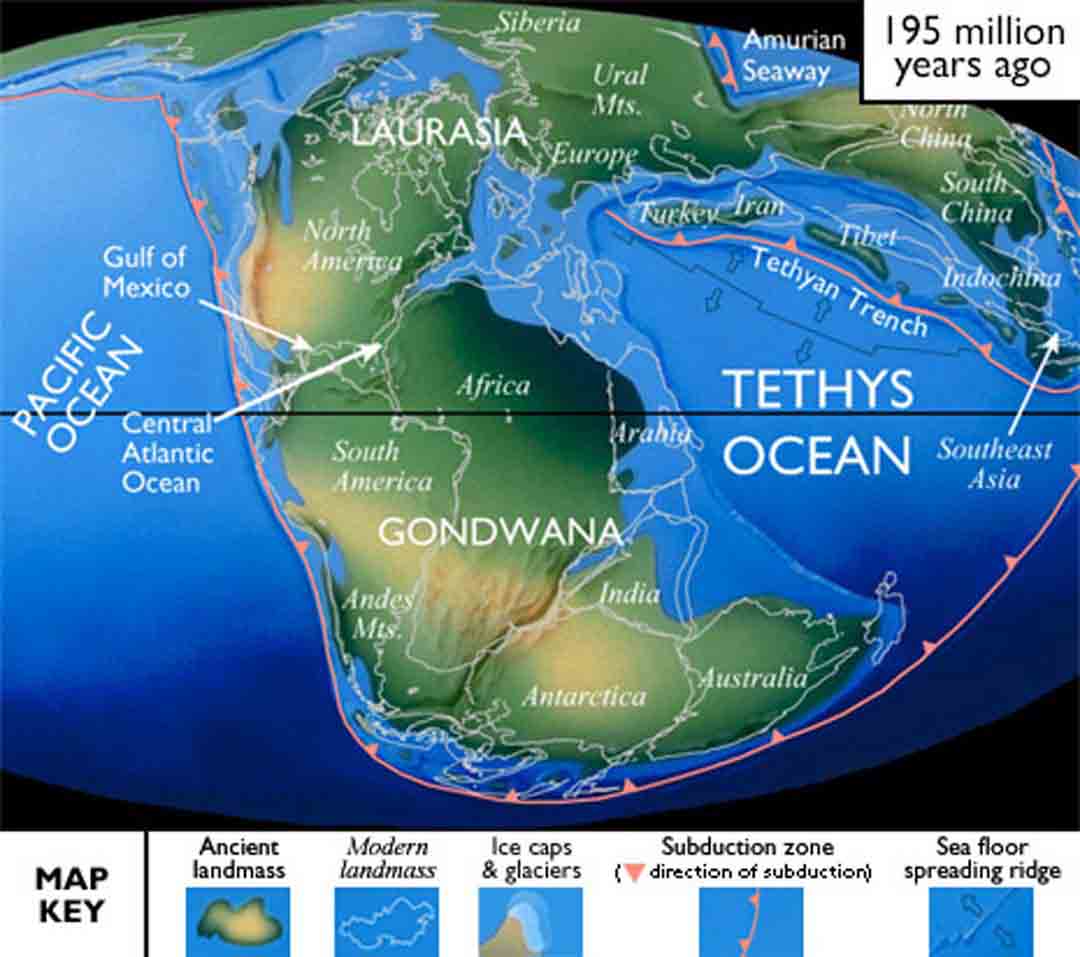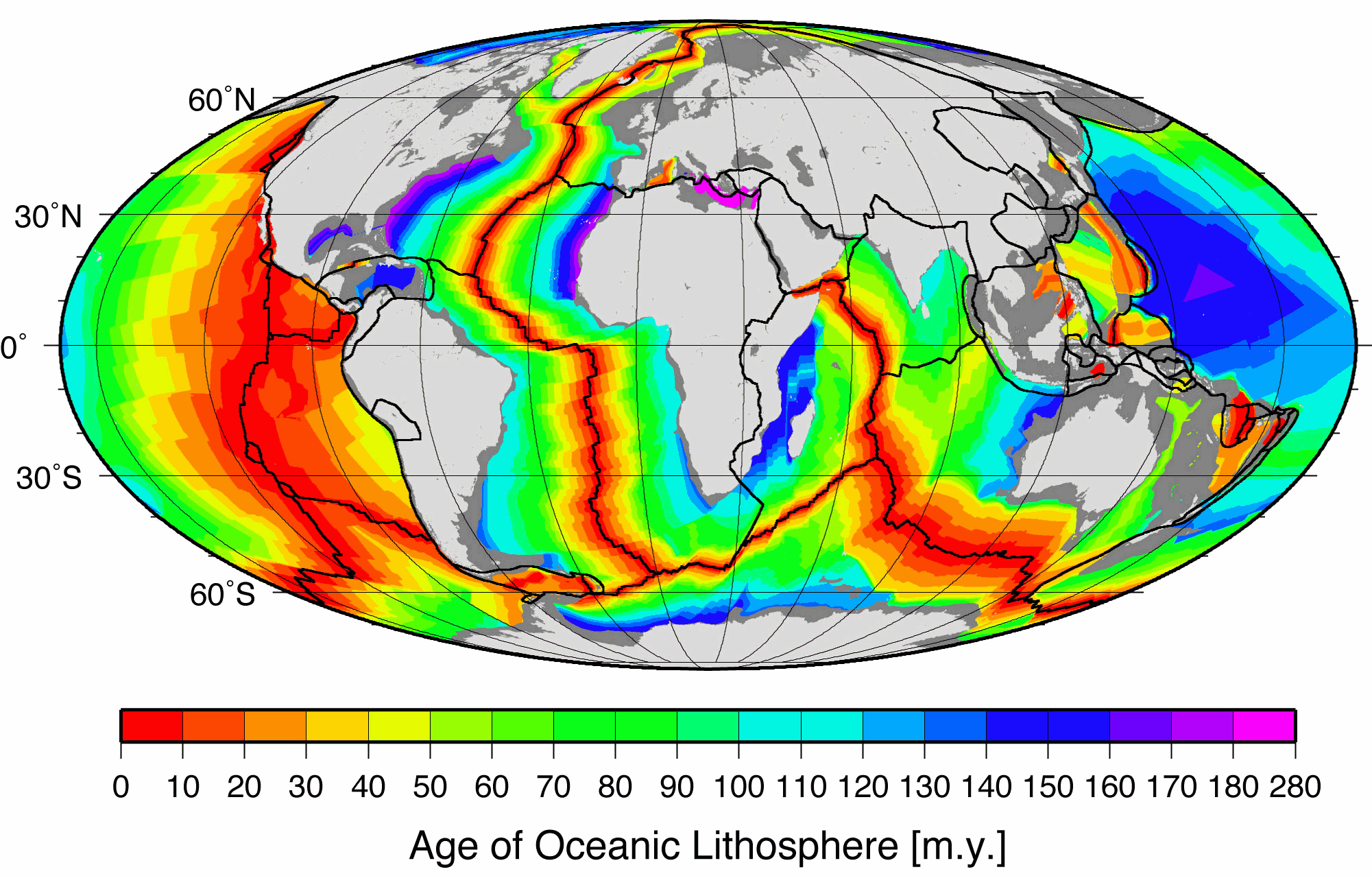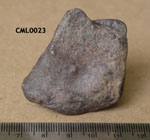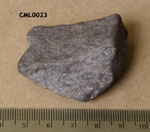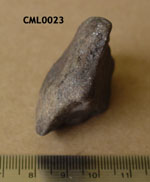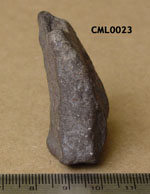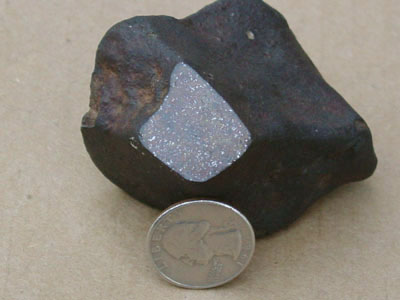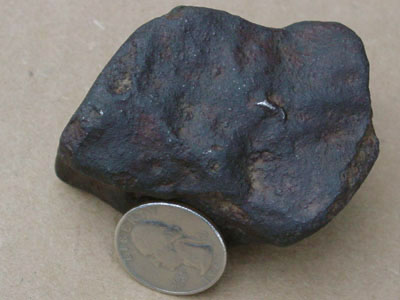At any given moment about 2,000 thunderstorms roll over Earth, producing some 50 flashes of lightning every second. Each lightning burst creates electromagnetic waves that begin to circle around Earth captured between Earth's surface and a boundary about 60 miles up.
Some of the waves - if they have just the right wavelength - combine, increasing in strength, to create a repeating atmospheric heartbeat known as Schumann resonance.
This resonance provides a useful tool to analyze Earth's weather, its electric environment, and to even help determine what types of atoms and molecules exist in Earth's atmosphere, but until now they have only ever been observed from below.
Now, NASA's Vector Electric Field Instrument (VEFI) aboard the U.S. Air Force's Communications/Navigation Outage Forecast System (C/NOFS) satellite has detected Schumann resonance from space.
This comes as a surprise, since current models of Schumann resonance predict these waves should be caged at lower altitude, between the ground and a layer of Earth's atmosphere called the ionosphere.
"Researchers didn't expect to observe these resonances in space," says Fernando Simoes, a scientist at NASA's Goddard Space Flight Center in Greenbelt, Md. "But it turns out that energy is leaking out and this opens up many other possibilities to study our planet from above."
Simoes is the first author on a paper about these observations that appeared online in the journal Geophysical Research Letters on November 16 and will appear in the print publication in December. He explains that the concept of resonance in general is fairly simple: adding energy at the right time will help any given phenomenon grow.
Think of a swing - if you push it back just as it hits the top of its arc, you add speed. Push it backwards in the middle of its swing, and you will slow it down. When it comes to waves, resonance doesn't occur because of a swing-like push, but because a series of overlapping waves are synchronized such that the crests line up with the other crests and the troughs line up with the other troughs. This naturally leads to a much larger wave than one where the crests and troughs cancel each other out.
The waves created by lightning do not look like the up and down waves of the ocean, but they still oscillate with regions of greater energy and lesser energy.
These waves remain trapped inside an atmospheric ceiling created by the lower edge of the "ionosphere" - a part of the atmosphere filled with charged particles, which begins about 60 miles up into the sky. In this case, the sweet spot for resonance requires the wave to be as long (or twice, three times as long, etc) as the circumference of Earth.
This is an extremely low frequency wave that can be as low as 8 Hertz (Hz) - some one hundred thousand times lower than the lowest frequency radio waves used to send signals to your AM/FM radio. As this wave flows around Earth, it hits itself again at the perfect spot such that the crests and troughs are aligned. Voila, waves acting in resonance with each other to pump up the original signal.
While they'd been predicted in 1952, Schumann resonances were first measured reliably in the early 1960s. Since then, scientists have discovered that variations in the resonances correspond to changes in the seasons, solar activity, activity in Earth's magnetic environment, in water aerosols in the atmosphere, and other Earth-bound phenomena.
"There are hundreds, maybe thousands, of studies on this phenomenon and how it holds clues to understanding Earth's atmosphere," says Goddard scientist Rob Pfaff, Principal Investigator of the VEFI instrument and an author on the GRL paper. "But they're all based on ground measurements."
C/NOFS, of course, measured them much higher - at altitudes of 250 to 500 miles. While models suggest that the resonances should be trapped under the ionosphere, it is not unheard of that energy can leak through.
So the team began looking for waves of the correct, very low frequency in the observations from VEFI - an instrument built at NASA Goddard with high enough sensitivity to spot these very faint waves. And the team was rewarded. They found the resonance showing up in almost every orbit C/NOFS made around Earth, which added up to some 10,000 examples.
Detection of these Schumann resonances in space requires, at the very least, an adjustment of the basic models to incorporate a "leaky" boundary at the bottom of the ionosphere. But detecting Schumann resonance from above also provides a tool to better understand the Earth-ionosphere cavity that surrounds Earth, says Simoes.
"Combined with ground measurements, it provides us with a better way to study lightning, thunderstorms, and the lower atmosphere," he says. "The next step is to figure out how best to use that tool from this new vantage point."

